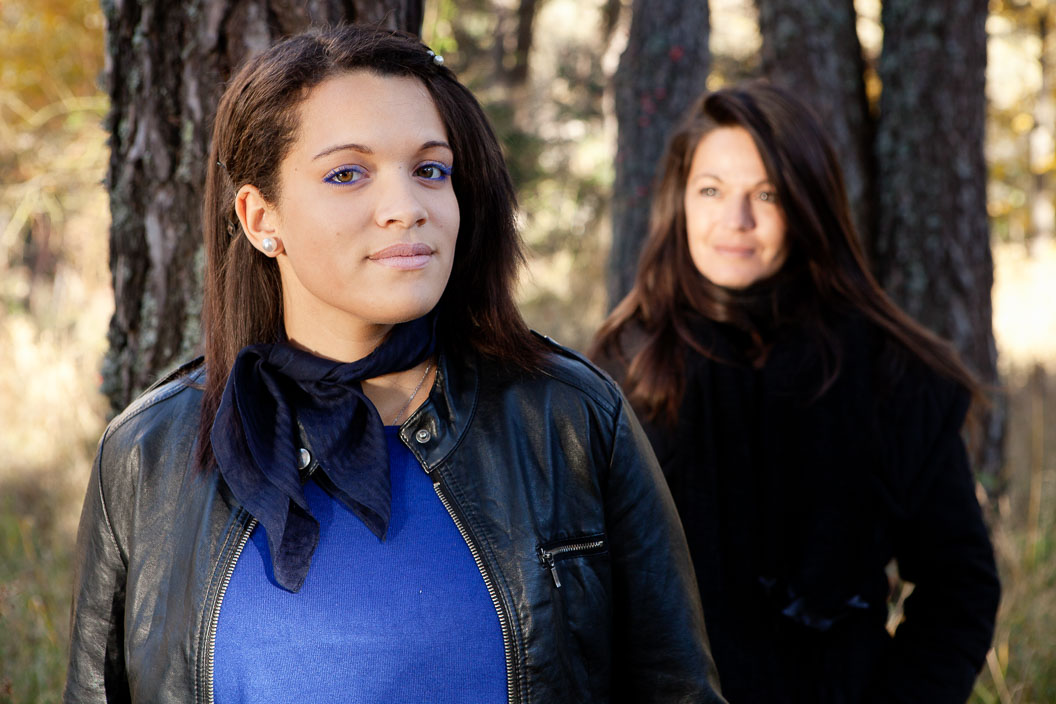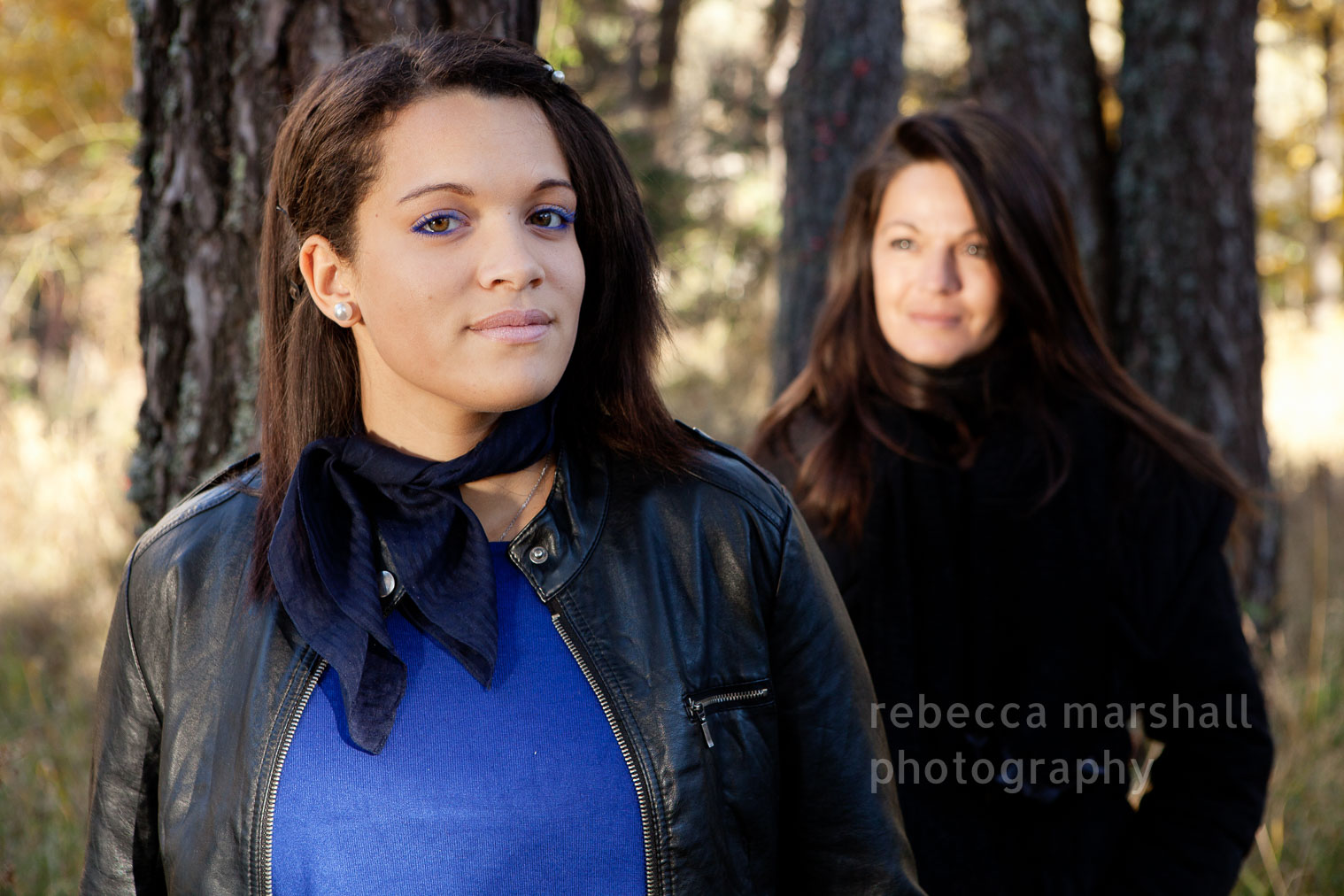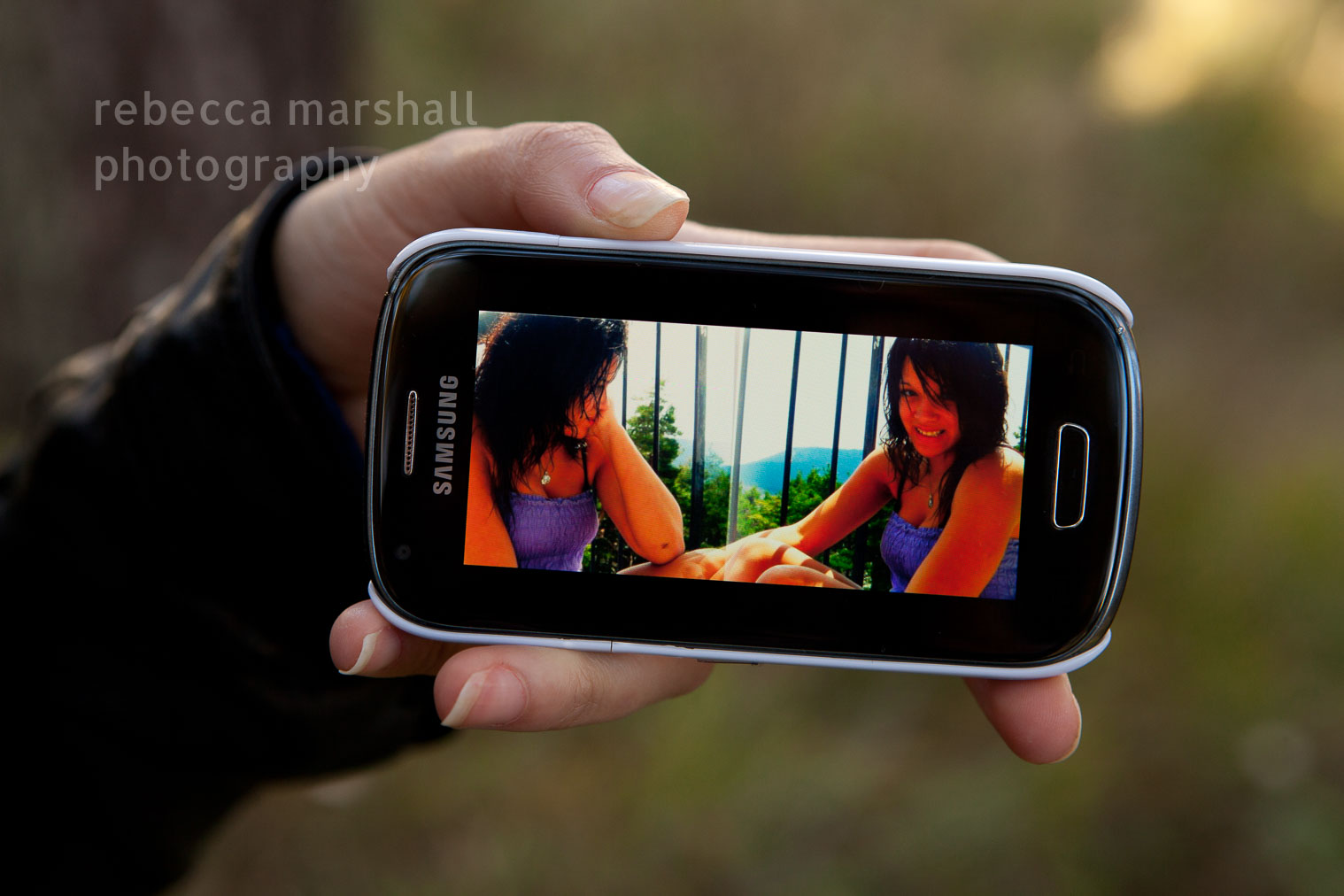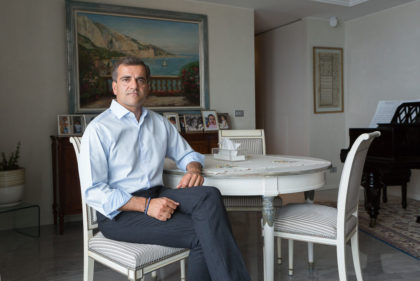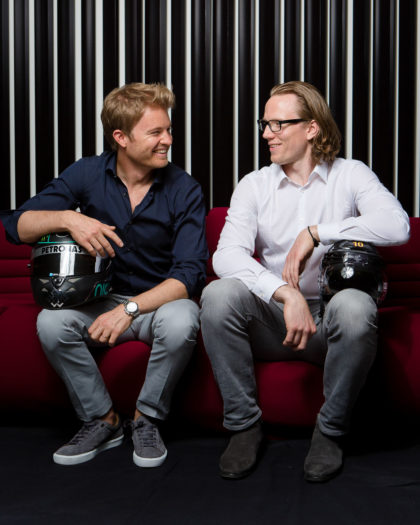The difference was subtle, but baby Manon’s skin colour was definitely a shade darker than her parents’. This, combined with Manon’s a-little-too-frizzy dark hair, didn’t overly concern mum Sophie – but it did bother Sophie’s boyfriend. Eventually, his doubts over Sophie’s fidelity, and the paternity of their daughter Manon, led to the couple’s separation, and a DNA test. On the day of the result, a doctor sat Sophie down. “Well, I have some news for you. Your ex-boyfriend is indeed not your child’s father…” – shocked pause – “…and there is more. You are not her mother either“.
A first in France
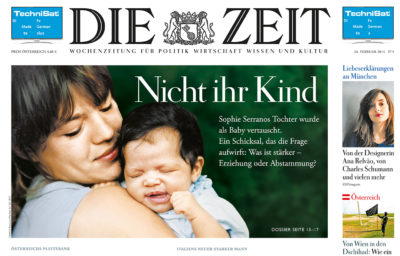
“Not her child” on the cover of Die Zeit (this is a picture that I took of a family snap. I was 7 at the time this photographer was in action)
It might sound like the stuff of nightmares, or a bad film script, but this did indeed happen to Sophie Serrano in the South of France in 1994, when Manon was 10 years old. She learned that, a few days after giving birth, her daughter had been accidentally swapped for another baby at the maternity clinic in Cannes, when taken away for a session under an anti-jaundice lamp. Sophie’s case is finally due in court this year, 8 years after the discovery.
As the first case of its kind in France, the story has garnered some press interest. Annika, of the German broadsheet Die Zeit, and I were not the first writer and photographer to make our way up to Thorenc, the quiet little town in the mountains high above Cannes where Sophie lives today with 18-year-old Manon and her two other children.
Lost in the woods
Their home is the kind of apartment block more often seen in grey, out-of-favour, inner city quartiers, strangely out of place among the trees of this rural mountain village. While Annika interviewed the pair in their small, slightly gloomy lounge, Sophie’s current boyfriend observing affairs from the threadbare couch, I ventured outside into the cold to scope a suitable location for the portrait. I was gone for quite some time, as it turned out, because my car keys fell from my pocket into a bramble thicket at some point during my recce and took considerable time to re-locate.
The hunt in the forest that surrounds the flats was productive however. In a photograph I had previously seen of the pair, shot for a national French newspaper, the photographer had placed Sophie and Manon in front of a dark backdrop and created a slightly Renaissance-Madonna-and-child-style portrait of the two women in an embrace. But I wanted to shoot mother and daughter differently, to infuse the portrait with their own environment and let the trees hint at the predominance of nature and the inevitability of growth. It also seemed important to me to keep a physical separation between them, to accentuate their separate identities as women, while nonetheless, through their demeanour, hinting at the strength of their mother-daughter bond.
Budding young photographer
After the discovery, the two families did meet, but chose to remain in their existing family units. Manon’s birth parents are originally from Réunion Island (explaining the skin tone difference), and are financially much more comfortable than Sophie’s family, though the 6 million Euros that both parties are claiming in the upcoming court case would clearly make a difference to everyone concerned.
Perhaps the critical role that photographs have played in Manon’s own story have made her as passionate as she is about taking pictures herself. In any case, she was delighted to spend some time with a photographer: South of France villages are difficult places for ambitious teenagers to meet image professionals, and we talked at some length.
Manon came across as a young woman with poise, as self-assured, calm and glowing with health as Sophie, chain-smoking, nervous and apparently underweight, wasn’t. But the shared mannerisms, typical mother-teenager interactions between Sophie and Manon and a genuine mutual tenderness shone through. Had I met them in any other circumstances, it simply wouldn’t have ever occurred to me that they were anything other than true mother and daughter, for all their physical differences – which left me wondering how many other baby swap cases have never been discovered…
